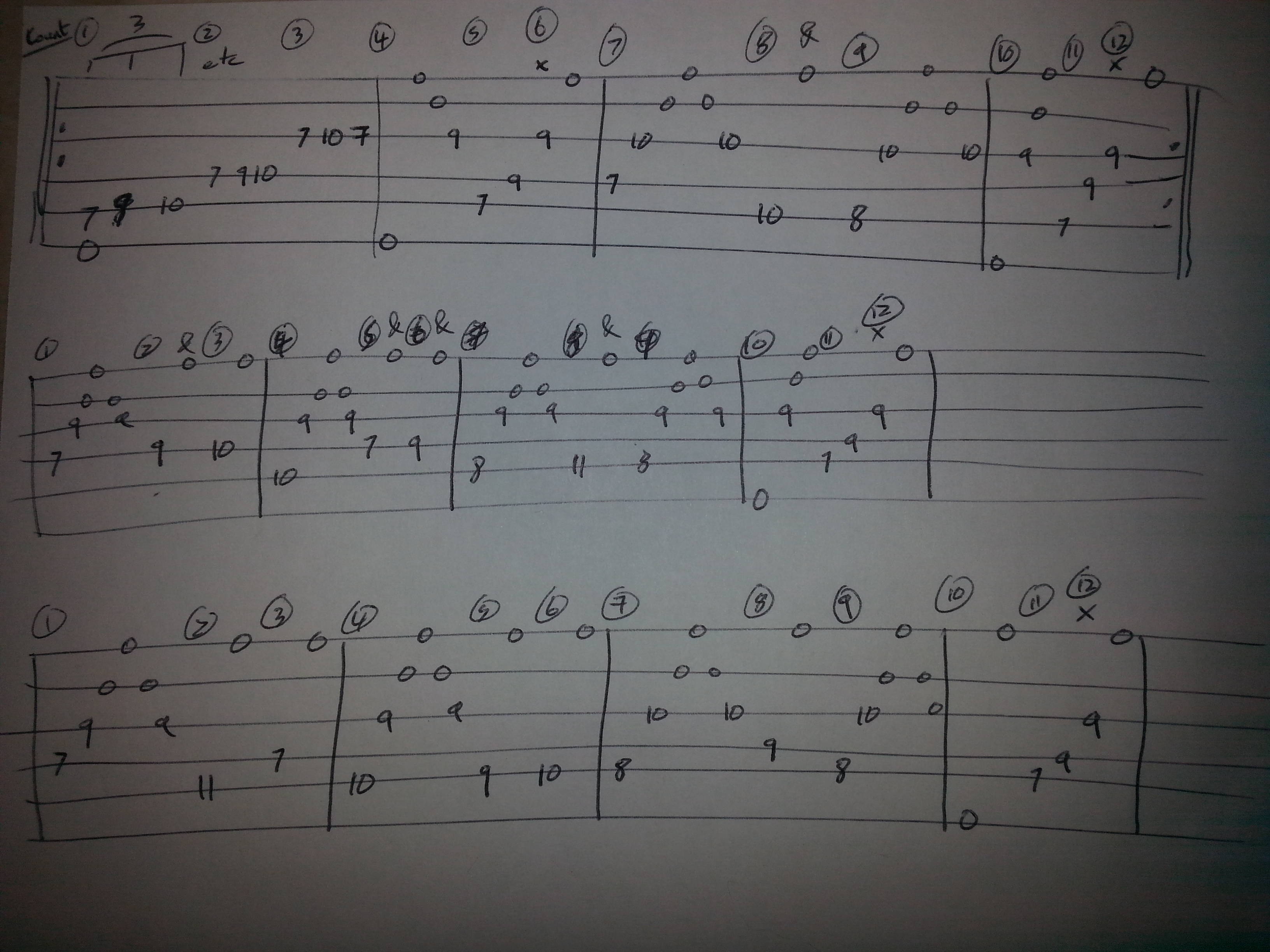|
Ricardo -> RE: Solea entirely 7th fret up (Nov. 14 2018 11:23:17)
|
Although using part of a scale might capture the “vibe” depending on the note choices, it’s probably better not to over think the analysis regarding traditional flamenco. In most cases, before the 80’s, old style flamenco is not deliberately using some special scale such as melodic minor or any modes, even in cases of straight runs. Sure you might find a single 7 note scale, but even still you will notice things like a natural note in one octave, and as it passes through the next octave, a sharp note, or both notes.
In melodic phrases when you encounter accidentals in old flamenco, it’s not a key change rather it’s some implied harmonic change. For example the A-G#-A-G-F#-G-F-E-F-E-D#-E type chromatic are implying the Circle of 5th harmonic movement (E7-Am, D7-G, C7-F, B7b5-E). In other cases you have your typical cambio type things that occur in cante accompaniment (the Dominant change, or the relative major change etc). So something that has E-F#-G#-A....might not necessarily be “mode 5 of melodic minor”, you would need to hear specifically the other notes, namely the C natural and D natural to be sure. If you don’t hear those, then there is ambiguity and one can simply say it’s an E major chord, for example.
Another case is you might hear in Solea, the C# and F natural against a ringing E or E and B together, implying the vibe of mode 2 of melodic minor (D melodic minor), but again here you need to be sure about the other notes such as G natural. If it is not present, a G# might be implied and thus the “scale” could be seen as mode 5 of A harmonic MAJOR....and in many cases I notice this type of thing going on when more notes are at play, and I feel it’s a deliberate throwback to M. De Falla. Of course in modern recordings of flamenco guitar deliberate usage of “Jazz minor modes” and what not can be found often used.
In regards to the the question about modulating to the minor KEY from the phrygian, as we see more often in buleria and lighter forms, yes it has been done in the traditional rep. I discussed the specific example of Niño Ricardo Solea that does this:
http://www.foroflamenco.com/tm.asp?m=230677&appid=&p=&mpage=2&key=solea%2Cminor&tmode=&smode=&s=#231093
|
|
|
|

